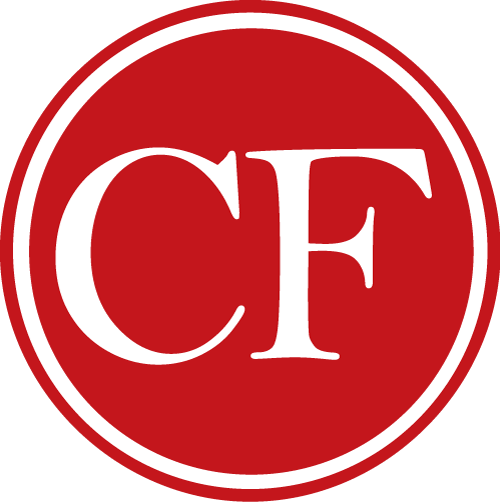Recently, the Appeals Court of Massachusetts addressed the question of whether a nonstandard “follow-form” provision of a personal excess liability insurance policy which did not unambiguously incorporate exclusions from the underlying automobile policy entitled the insureds to coverage under the excess policy. In Privilege Underwriters Reciprocal Exchange v. Hilinksi, 105 Mass. App. Ct. 329 (2025), the Court reversed a trial court ruling that denied insured’s claim and found that because the particular follow-form did not clearly and unambiguously incorporate underinsured motorist coverage (UIM coverage) exclusions from the underlying policy, the insureds were entitled to UIM coverage under the excess policy.
In Privilege, the plaintiff’s teenage daughter suffered a severe knee injury while riding as a passenger in their golf cart being driven by a friend. The alleged damages exceeded $2,500,000. When the accident occurred, the plaintiff held an automobile policy and excess policy from Privilege Underwriters Reciprocal Exchange (“Privilege”). The automobile policy provided $250,000 in bodily injury coverage and $250,000 in UIM coverage. The excess policy provided $10,000,000 in excess liability coverage and $1,000,000 in excess UIM coverage. After a claim was submitted on the daughter’s behalf, Privilege offered $250,000, the bodily injury limit under the automobile policy. Privilege denied there was excess liability coverage under the excess policy or UIM coverage under either policy. The parties cross-moved for summary judgment, and Privilege’s motion was granted. The plaintiff appealed.
Typically, an insured bears the initial burden of proving that the claimed loss falls within the coverage of their insurance policy. If an insured meets that burden, the burden shifts to the insurer to show that a separate coverage exclusion applies. When policy language is ambiguous, Massachusetts courts have held that questions regarding the intended meaning of the words must be resolved against the insurance company that employed them and in favor of the insured.
The Appellate Court agreed with the insured plaintiff that their daughter was entitled to UIM coverage under the excess policy. The Court found the grounds the trial court relied on to deny coverage under the excess policy assumed that the follow-form provision in the excess policy makes the same limitations or exclusions to UIM coverage under the automobile policy also applicable to UIM coverage under the excess policy. The Court reiterated the Supreme Judicial Court of Massachusetts’ explanation that a follow-form provision can allow an insured to have the same exclusions in each layer of an insurance program by making an excess policy a carbon copy of the primary policy, with only differences being the party names and coverage limitations. The Court in this case characterized the follow-on form as “ambiguous” and “confusing,” and found it conflated liability coverage with UIM coverage. This, along with other ambiguities, resulted in the conclusion that the meaning of the excess policy language must be resolved in favor of the insured plaintiff and their UIM coverage claim under the excess policy allowed.
From a defense perspective, it is incumbent on insurance carriers to use clear and unambiguous language to uphold any intended exclusion provisions in insurance policies.

